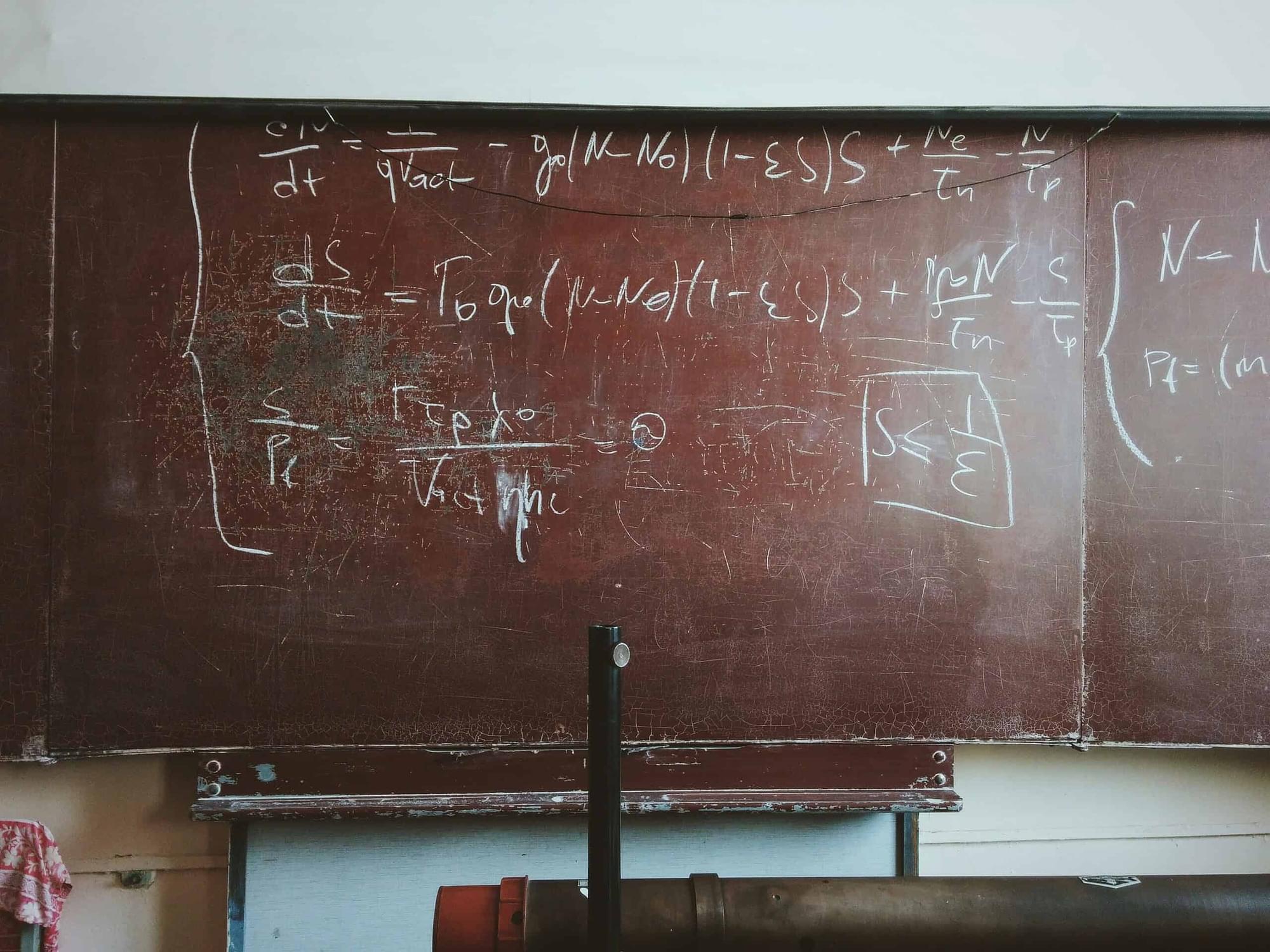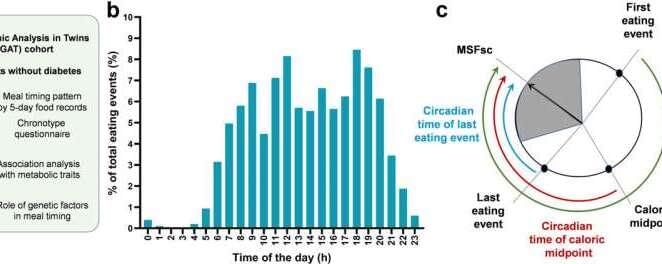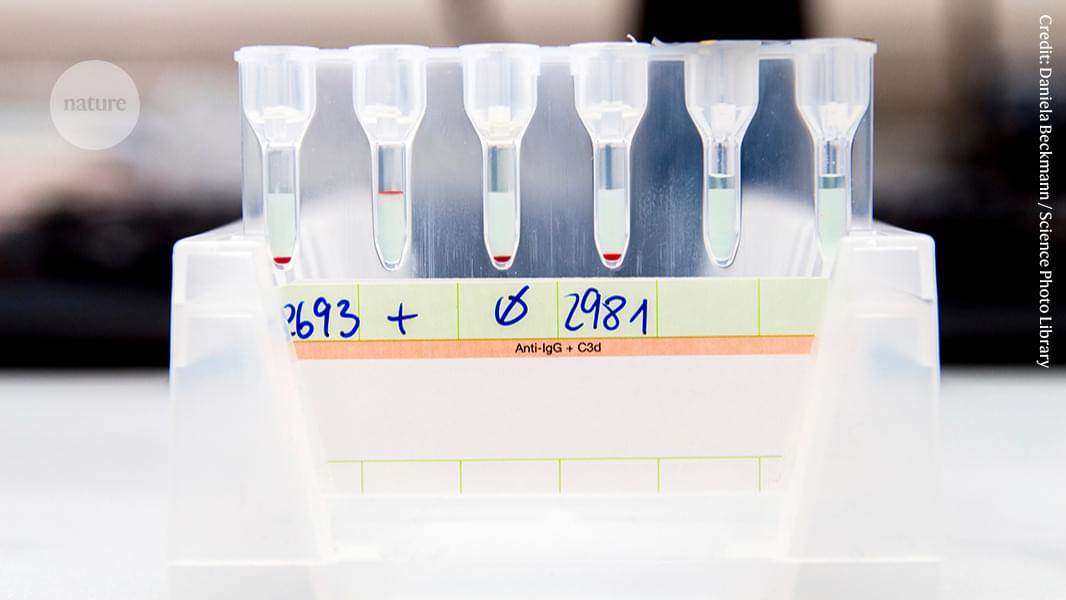Bones found at the site of an ancient fish-processing plant were used to genetically identify the species that went into a fish sauce, often known as garum, eaten throughout the Roman Empire



Basel, July 8, 2025 – Novartis today announced Coartem® (artemether-lumefantrine) Baby has been approved by Swissmedic as the first malaria medicine for newborns and young infants. The new treatment, also known as Riamet® Baby in some countries, was developed in collaboration with Medicines for Malaria Venture (MMV) to treat the potentially deadly mosquito-borne disease.
Eight African countries also participated in the assessment and are now expected to issue rapid approvals under the Swiss agency’s Marketing Authorization for Global Health Products procedure.1 Novartis plans to introduce the infant-friendly treatment on a largely not-for-profit basis to increase access in areas where malaria is endemic.
“For more than three decades, we have stayed the course in the fight against malaria, working relentlessly to deliver scientific breakthroughs where they are needed most,” said Vas Narasimhan, CEO of Novartis. “Together with our partners, we are proud to have gone further to develop the first clinically proven malaria treatment for newborns and young babies, ensuring even the smallest and most vulnerable can finally receive the care they deserve.”

The latest generative AI models such as OpenAI’s ChatGPT-4 and Google’s Gemini 2.5 require not only high memory bandwidth but also large memory capacity. This is why generative AI cloud operating companies like Microsoft and Google purchase hundreds of thousands of NVIDIA GPUs.
As a solution to address the core challenges of building such high-performance AI infrastructure, Korean researchers have succeeded in developing an NPU (neural processing unit) core technology that improves the inference performance of generative AI models by an average of more than 60% while consuming approximately 44% less power compared to the latest GPUs.
Professor Jongse Park’s research team from KAIST School of Computing, in collaboration with HyperAccel Inc., developed a high-performance, low-power NPU core technology specialized for generative AI clouds like ChatGPT.

Rene Turcios, 29, from San Francisco, has won 200 IT hackathons in two years, an ambitious achievement for someone with no programming skills.
René is a professional Yu-Gi-Oh! player, cannabis enthusiast, and reseller of Labubu toys, but he devotes most of his time to participating in IT hackathons. Since 2023, he has attended more than 200 events and won cash prizes and software credits.
The craziest thing about all this is that Tursios has no programming skills and is a representative of a new generation of programmers — the so-called web coders, i.e. people who write code with the help of AI chatbots.


A group of researchers at the VIB‑UGent Center for Medical Biotechnology has developed a new platform to isolate and analyze extracellular vesicles (EVs), nanosized particles secreted by cells and playing a role in cellular communication and disease development. Called FAEVEr, the method increases the throughput of EV enrichment and is significantly more cost‑efficient than existing methods. The study is published in the Journal of Extracellular Vesicles.
Extracellular vesicles (EVs) are small particles that carry proteins, RNA, and other biomolecules from their cell of origin. They hold much promise for diagnostics and therapeutics, but isolating them from complex biofluids at high purity and throughput remains a major challenge. EVs are incredibly small—between 30 and 150 nanometers in size.
To capture these tiny containers of messengers, scientists need to rely on sophisticated equipment such as ultracentrifuges. Unfortunately, these traditional methods of EV enrichment are time‑consuming and resource‑intensive with relatively low throughput.

Our metabolic processes differ depending on the time of day and many of them are more active in the morning than in the evening. Although studies show that eating late in the day is associated with an increased risk of obesity and cardiovascular diseases, little is known about how the time we eat affects glucose metabolism and to what extent this is genetically defined.
Prof. Olga Ramich from the German Institute of Human Nutrition Potsdam-Rehbrücke (DIfE) and her team recently investigated this using data from a twin cohort from 2009-10. Their article was published in the journal eBioMedicine.
The circadian system is a hierarchically structured 24-hour time control system in the body that regulates behavior and metabolism via a central clock in the brain and peripheral clocks in organs such as the liver or pancreas. As a result, our metabolic processes differ depending on the time when we eat, which leads to diurnal fluctuations in glucose metabolism and the release of hormones after a meal.

A team of researchers from Utrecht University, Durham University, and other institutions have observed something remarkable at a chimpanzee sanctuary in Zambia. Several chimpanzees from one particular group were seen dangling blades of grass from their ear holes or their behinds, for no apparent reason. The behavior was not seen in other chimpanzee groups at the same sanctuary, despite similar living conditions.

